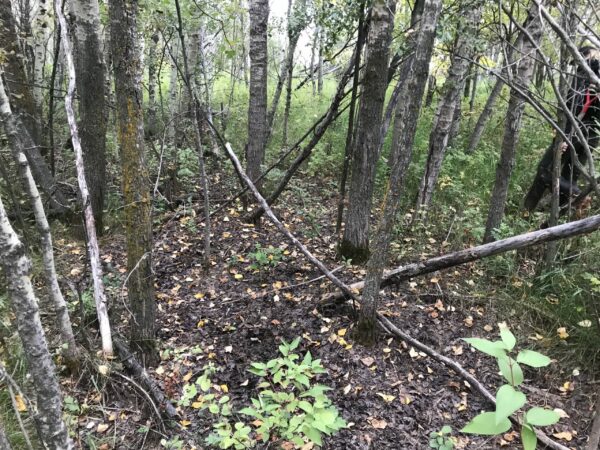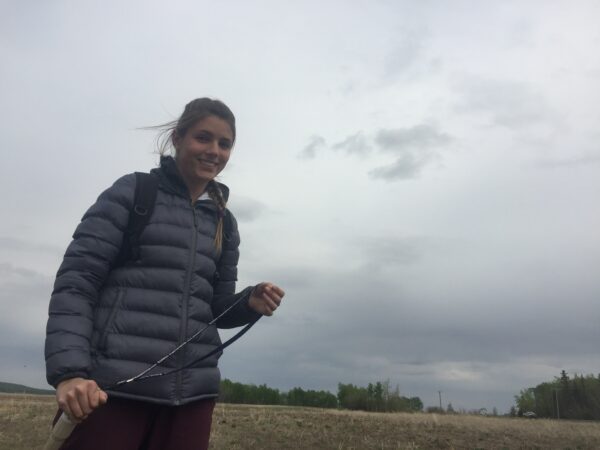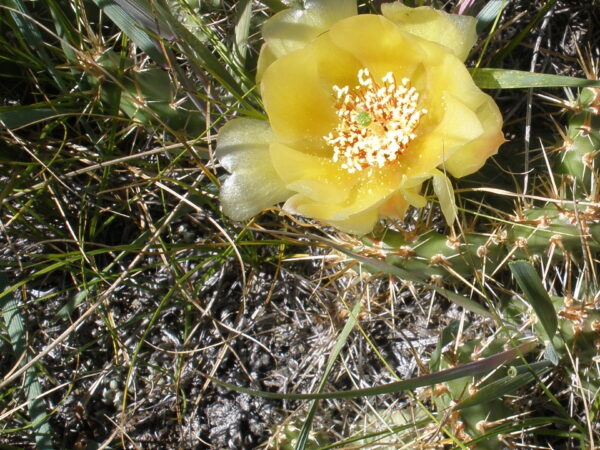Spring has sprung here at Fiera, and so, like everyone, our thoughts turn to bogs. What are they? How do they work? What the heck good are they anyway? We asked if anyone in our office could shed some light on the matter with a few words for a blog post? “Maybe a paragraph about bogs” we said, “with a nice picture!” Now the thing you need to know about the staff at Fiera, is that we love wetlands, and in particular, some of our staff can talk the whiskers of lemming if you get them started on peatlands, and well, bogs are peatlands. Here’s “a few words and a nice picture” … for the love of bogs.
Bogs are broadly characterized as a peatland habitat, which means that the soil is composed of an accumulation of peat, instead of the mineral soil we find in other types of wetlands. Peat is comprised of a wide range of partially decomposed materials including plants, bryophytes (e.g., mosses), and woody debris. Peatlands tend to have stable water levels, which creates anaerobic conditions (conditions without oxygen) where rates of decomposition in the soil layer are very slow, thereby resulting in an accumulation of organic materials in the soil layer. Bogs and fens are both characterized as peatlands, but are distinguishable by their water source.
How do Bogs Form?
After glaciation occurs, there are many small depressions left in the bedrock, which fill with water. In climates where precipitation slightly exceeds evaporation (i.e there is a bit more water coming in than going out), the water levels of these depressions are able to remain relatively stable. Over time, moss begins to grow along the edges of these small depressions (or shallow lakes) and this growth continues inwards. Because the moss remains saturated with moisture due to the stable water levels, there is not much decomposition and the moss is eventually able to take over the entire depression, first filling it in and then allowing a unique bog habitat to form on top. This can take hundreds to thousands of years to occur.
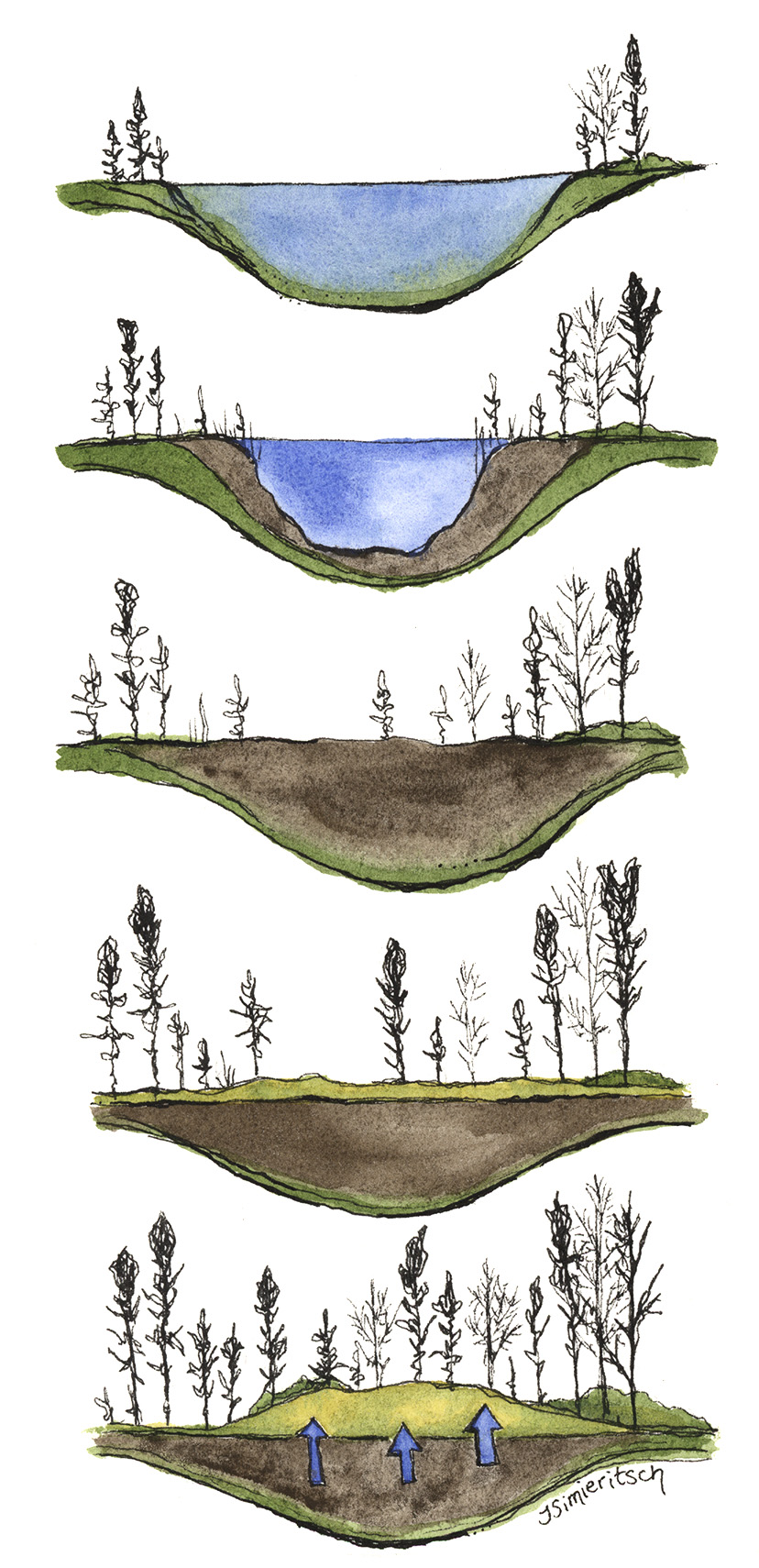
What About the Water?
Bogs have a unique water chemistry that sets them apart from their peatland partner, fens. Bogs are ombrotrophic, which means that they only source their water through precipitation. They have no ground water or surface water connection and therefore they do not receive the nutrients these water sources provide. This lack of nutrients limits the types of plants that can survive in bogs, however, sphagnum moss is able to thrive in these conditions and will often be found in abundance in bogs. Sphagnum moss is able to absorb the limited nutrients in the water and replaces them with hydrogen ions. The addition of hydrogen into the water table makes the bog very acidic, typically a pH of between three and five, similar to grapefruit juice or black coffee. The water found in bogs is typically brown in colour from the accumulation of dissolved chemical compounds called tannins.
The stable water levels required by bogs are typically found in northern climates where torrential rainfall and droughts are not very common and precipitation frequently exceeds evaporation. Long winter months also help with the formation of bogs through the accumulation of snowfall, which replenishes moisture in the spring thaw.
What Types of Plants are Found in Bogs?
As we’ve already learned, peat is mostly comprised of bryophytes, specifically, sphagnum moss, which dominates the ground cover of most bog ecosystems. Sphagnum grows horizontally, and this allows it to be uniquely suited to grow up and out of the saturated water level of a bog. It also pulls water up through its roots and stems, and acts like a sponge to retain the perfect amount of moisture to avoid decomposition. If sphagnum grows far enough away from the saturated water table, other mosses such as feather moss can then establish colonies.
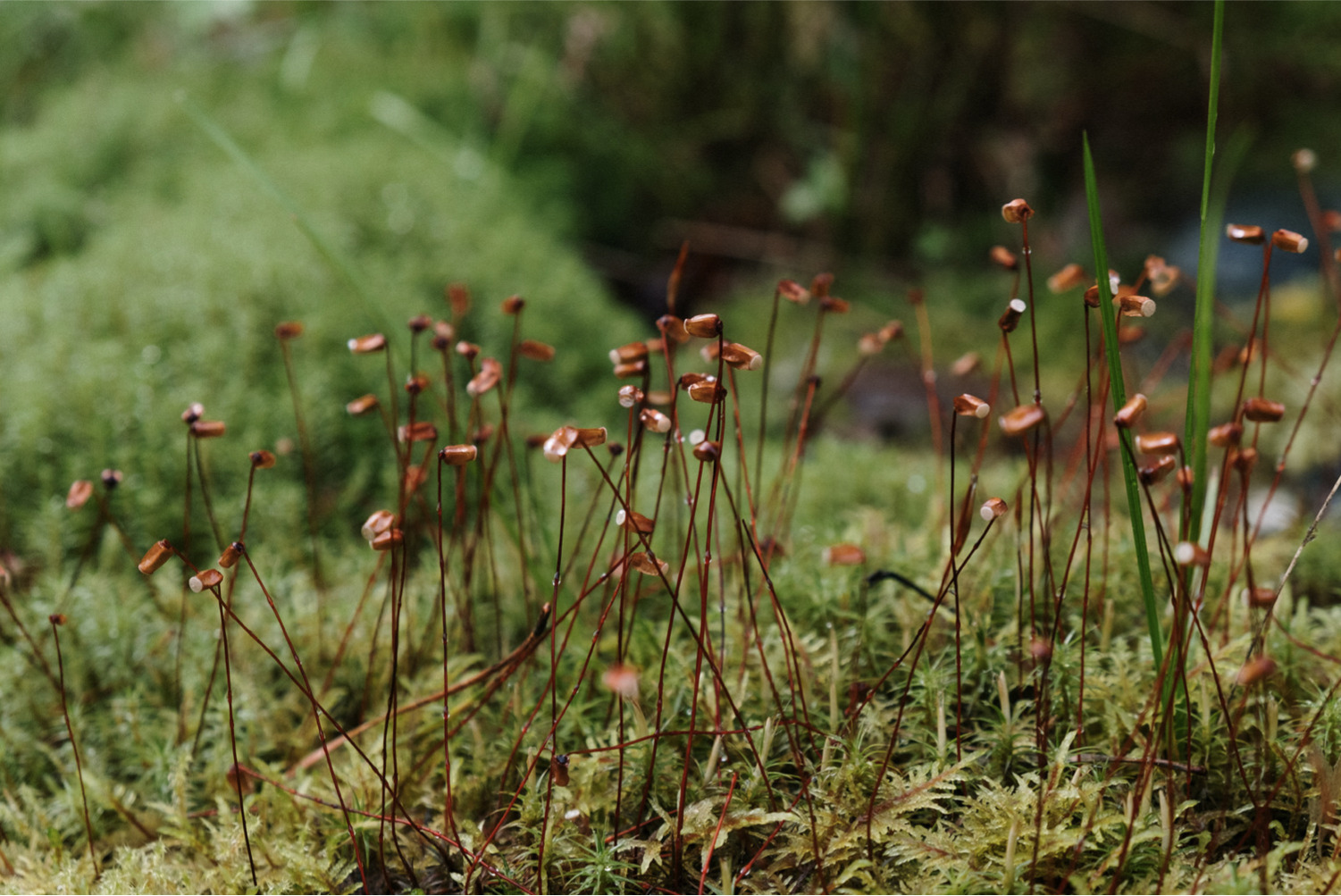
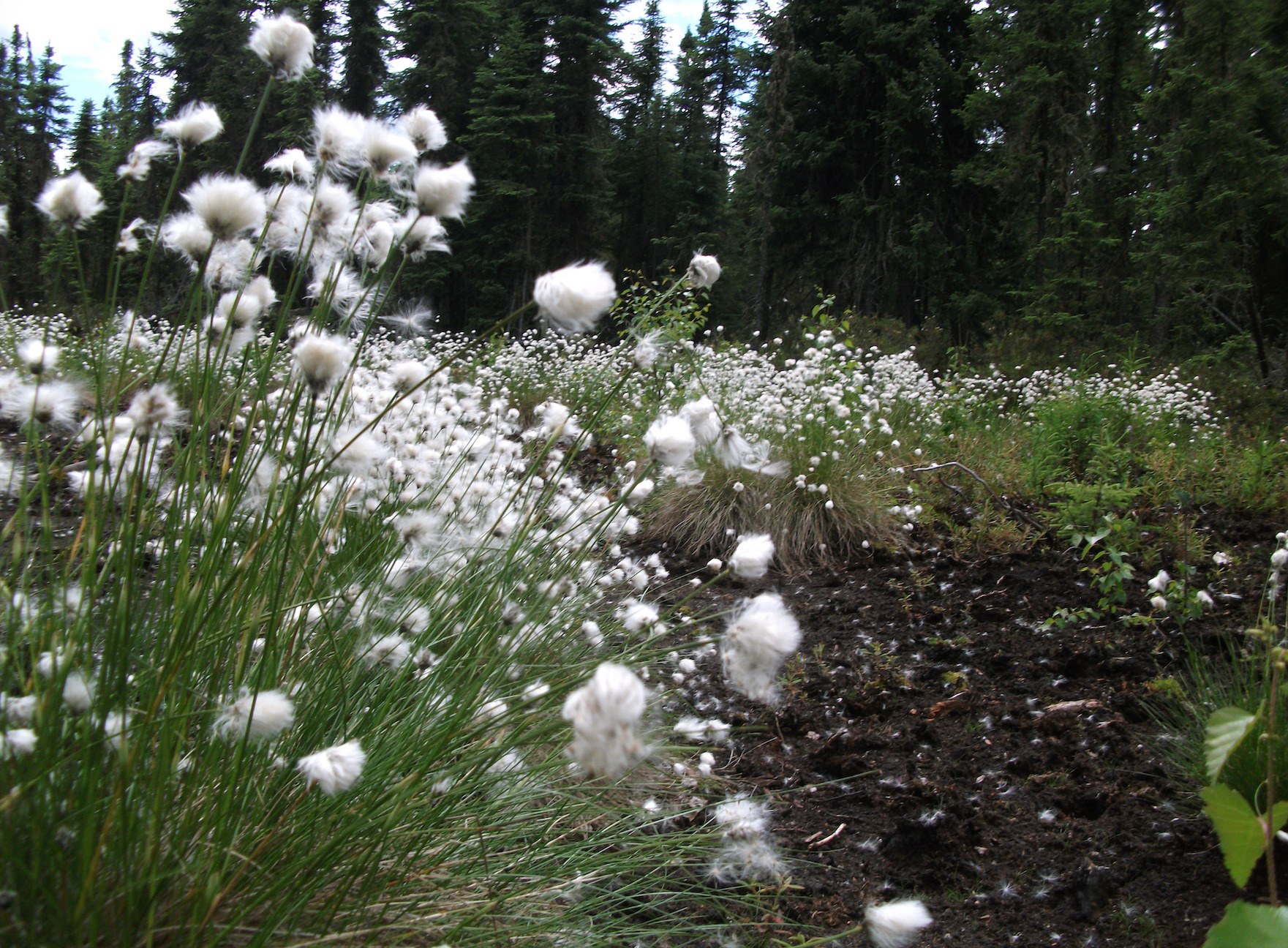
While very few plants are able to survive the water-logged, acidic conditions of a bog, a few other plants you may find include bog cranberry, bog Labrador tea and leather leaf. Black spruce and tamarack trees can sometimes tolerate the tough bog conditions, but they are often stunted in growth and fail to thrive due to water saturation and lack of nutrients. Black spruce trees in bogs have been found to be hundreds of years old, but remained a mere four feet tall.
Why are bogs important?
Bogs are incredibly important to ecosystems as they provide important services such as diffusing water flow, limiting erosion and they also sequester carbon, keeping it out of the atmosphere. Currently, the world’s largest peat complex is in the boreal region of Canada and it is estimated that one square metre of peatland from northern Canada has around five times the amount of carbon as the same area of tropical rainforest in the Amazon. The release of the carbon stores in bogs would release carbon dioxide to the atmosphere and contribute significantly to global warming. Bogs are also vital habitat to rare plants, insects and organisms that are uniquely adapted to the conditions found in this type of wetland environment.



